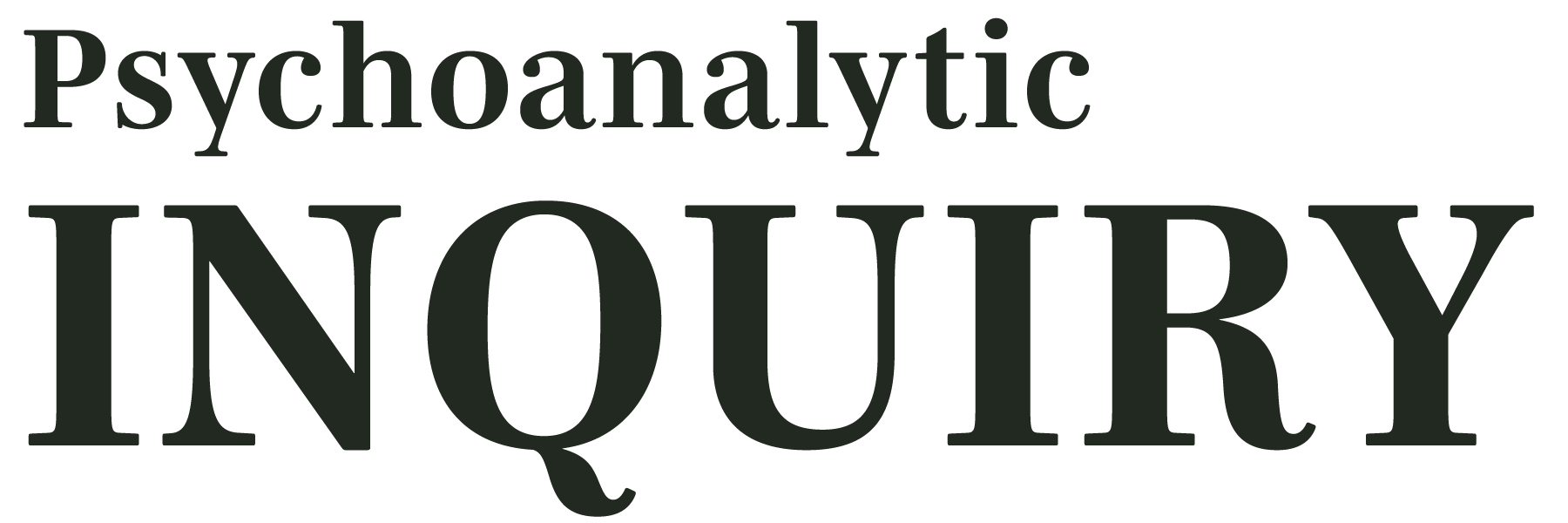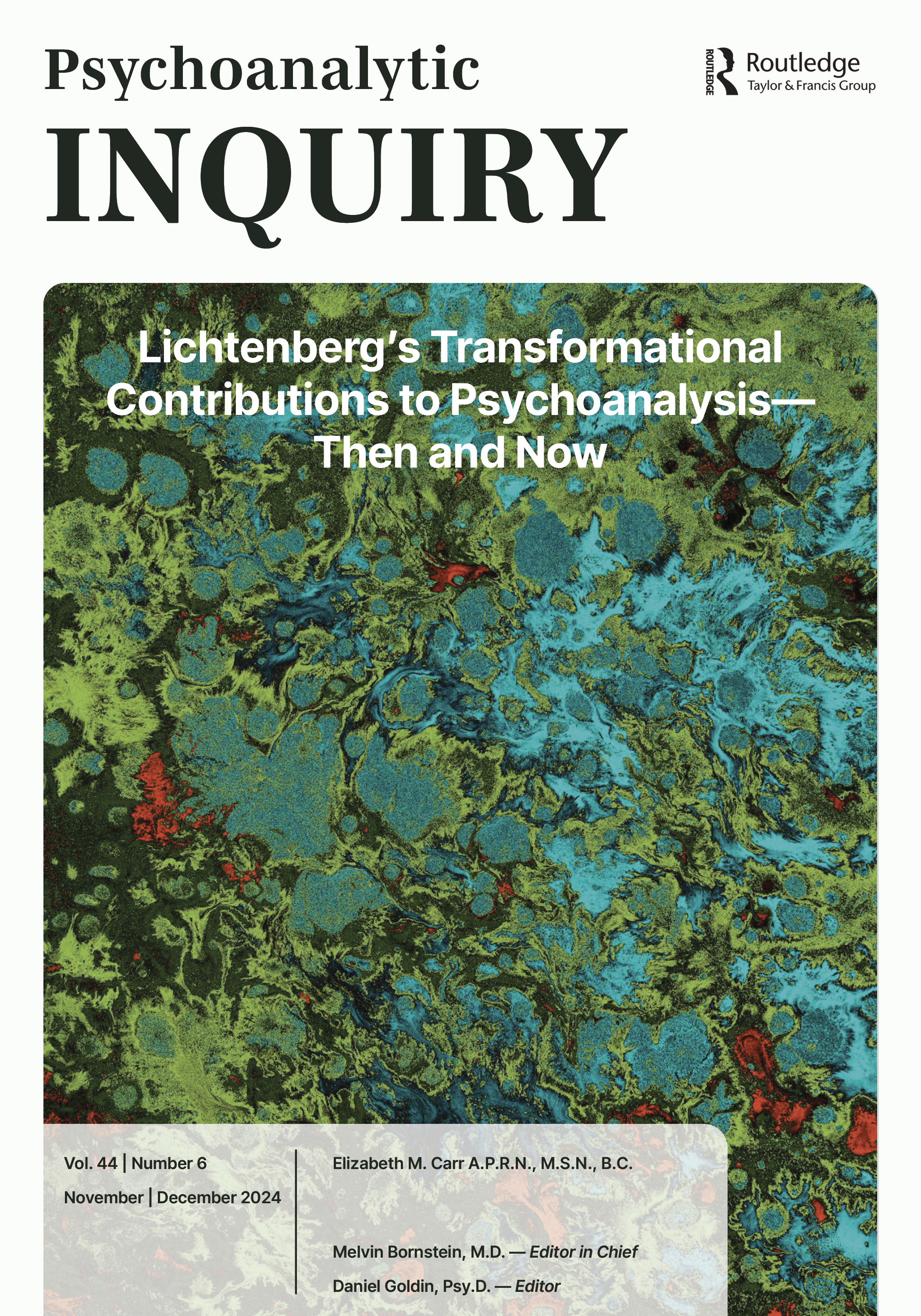
Series: Connections and Conversation
Connections and Conversation created and hosted by Shir Shanun, Psy.D. is a psychoanalytic open space for cultivating creativity and freedom of thought and feeling in a free Zoom meeting. We invite you to engage with our presenters and community as they share their interests and passions in conversation on current topics in psychoanalysis. Please see our calendar of events. The meeting often begins with a 45 minute presentation followed by 45 minutes of conversation. When an event is recorded you can access the recording at the vault.
This series is open to all.
In case of questions please contact: [email protected]
What sort of language is the unconscious structured like? A Lacanian neuropsychoanalytic perspective
July 11, 2026 @ 9:00 am - 10:30 am PDT
Lacan’s “return to Freud” gravitates around his aphorism that the unconscious is structured like a language. This is often cause for criticism from non-Lacanian analysts. These critiques range from prioritizing affects to early, implicit relational encounters, all prior to verbal development. Likewise, neuropsychological research demonstrates the importance of but not predominance of language in psychodynamic processes. Perhaps most significantly, Freud himself argued that the system unconscious consists of thing-presentations whereas word-presentations belong to the domain of the system (pre)conscious.
However, Lacan’s aphorism has multiple meanings beyond the unconscious consisting of word-forms. I highlight that the key signifier is “like”: to be structured “like” a language is to be structured according to differential representatives. These include representations beyond words per se. A neuropsychoanalytic perspective on various functional systems organized in a differential manner (including basic emotions, motor systems, and visuospatial cognition) opens avenues for connecting Lacanian concepts and clinical interventions (e.g., punctuation, scansion) with relational perspectives. I will provide a sketch of a Lacanian neuropsychoanalytic functional model of brain organization according to differential representatives that need not be words.
Presenter
John Dall’Aglio
John Dall’Aglio is a clinical psychology PhD candidate at Duquesne University. His scholarly and clinical research focuses on the intersection of psychoanalysis and neuroscience, especially Lacanian neuropsychoanalysis. He conducts empirical research on primary process in brain injury, psychological assessment, and on the teaching of neuropsychoanalysis in undergraduate education. He is the author A Lacanian Neuropsychoanalysis: Consciousness Enjoying Uncertainty (2024, Palgrave) and Mark Solms: A Contemporary Introduction (forthcoming, Routledge).

Series: Connections and Conversation
Connections and Conversation created and hosted by Shir Shanun, Psy.D. is a psychoanalytic open space for cultivating creativity and freedom of thought and feeling in a free Zoom meeting. We invite you to engage with our presenters and community as they share their interests and passions in conversation on current topics in psychoanalysis. Please see our calendar of events. The meeting often begins with a 45 minute presentation followed by 45 minutes of conversation. When an event is recorded you can access the recording at the vault.
This series is open to all.
In case of questions please contact: [email protected]
What sort of language is the unconscious structured like? A Lacanian neuropsychoanalytic perspective
July 11, 2026 @ 9:00 am - 10:30 am PDT
Lacan’s “return to Freud” gravitates around his aphorism that the unconscious is structured like a language. This is often cause for criticism from non-Lacanian analysts. These critiques range from prioritizing affects to early, implicit relational encounters, all prior to verbal development. Likewise, neuropsychological research demonstrates the importance of but not predominance of language in psychodynamic processes. Perhaps most significantly, Freud himself argued that the system unconscious consists of thing-presentations whereas word-presentations belong to the domain of the system (pre)conscious.
However, Lacan’s aphorism has multiple meanings beyond the unconscious consisting of word-forms. I highlight that the key signifier is “like”: to be structured “like” a language is to be structured according to differential representatives. These include representations beyond words per se. A neuropsychoanalytic perspective on various functional systems organized in a differential manner (including basic emotions, motor systems, and visuospatial cognition) opens avenues for connecting Lacanian concepts and clinical interventions (e.g., punctuation, scansion) with relational perspectives. I will provide a sketch of a Lacanian neuropsychoanalytic functional model of brain organization according to differential representatives that need not be words.
Presenter
John Dall’Aglio
John Dall’Aglio is a clinical psychology PhD candidate at Duquesne University. His scholarly and clinical research focuses on the intersection of psychoanalysis and neuroscience, especially Lacanian neuropsychoanalysis. He conducts empirical research on primary process in brain injury, psychological assessment, and on the teaching of neuropsychoanalysis in undergraduate education. He is the author A Lacanian Neuropsychoanalysis: Consciousness Enjoying Uncertainty (2024, Palgrave) and Mark Solms: A Contemporary Introduction (forthcoming, Routledge).

Presentation Archive
Watch recordings and download papers and slides from past Connections and Conversations and Decentralized Learning Experiences.



